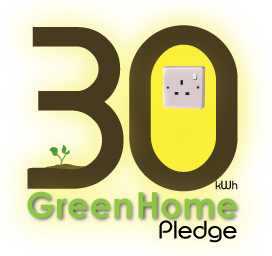| REUSE |
|
| Plastic containers can become food storage, paper
can become wrapping paper. The ways in which to reuse things are
unlimited. All you need is to be creative. If being creative is not your
thing, here are some other ideas: |
|
|
- Reuse envelopes by placing a new label over the old address.
|
|
- Designate a box for scrap paper and use it for printing all drafts or unofficial documents.
|
|
- Reuse plastic bags or better get a reusable canvas bags.
|
|
|
| RECYCLE |
|
| When buying any type of product, see if it is available with post consumer recycled content. |
|
|
- Wrap presents in gift bags. Once you tear the wrapping paper off a
holiday gift it ends up in the recycle bin, but gift bags can be used
over and over again.
|
|
- Production of recycled paper uses only half the water and 3/4 of the energy than new paper
|
|
- Every ton of recycled paper saves almost 400 gallons of oil, three cubic yards of landfill space and seventeen trees.
|
|
- If you recycle soda cans, the energy used and air pollution created,
is 95 percent less than if the cans were produced from raw materials.
|
|
- You could operate a TV set for an estimated three hours with the energy saved by recycling just one aluminum can
|
|
| Thinking
green means being aware of our interconnectedness with the world and
reflecting on the unintended damage we cause nature in the daily course
of our lives. Thinking green leads to acting green - taking corrective
action to make environmental responsibility a reality. |

